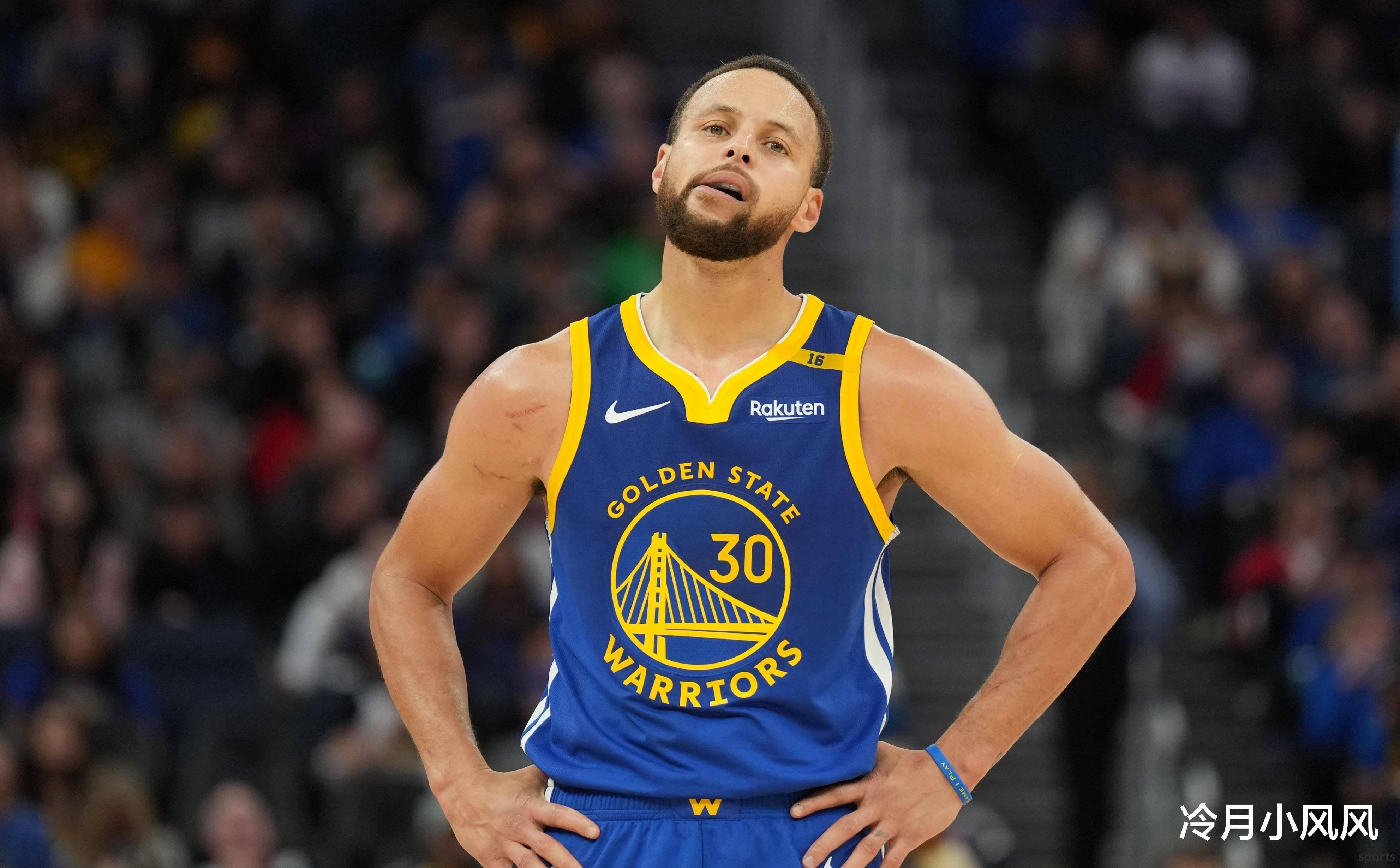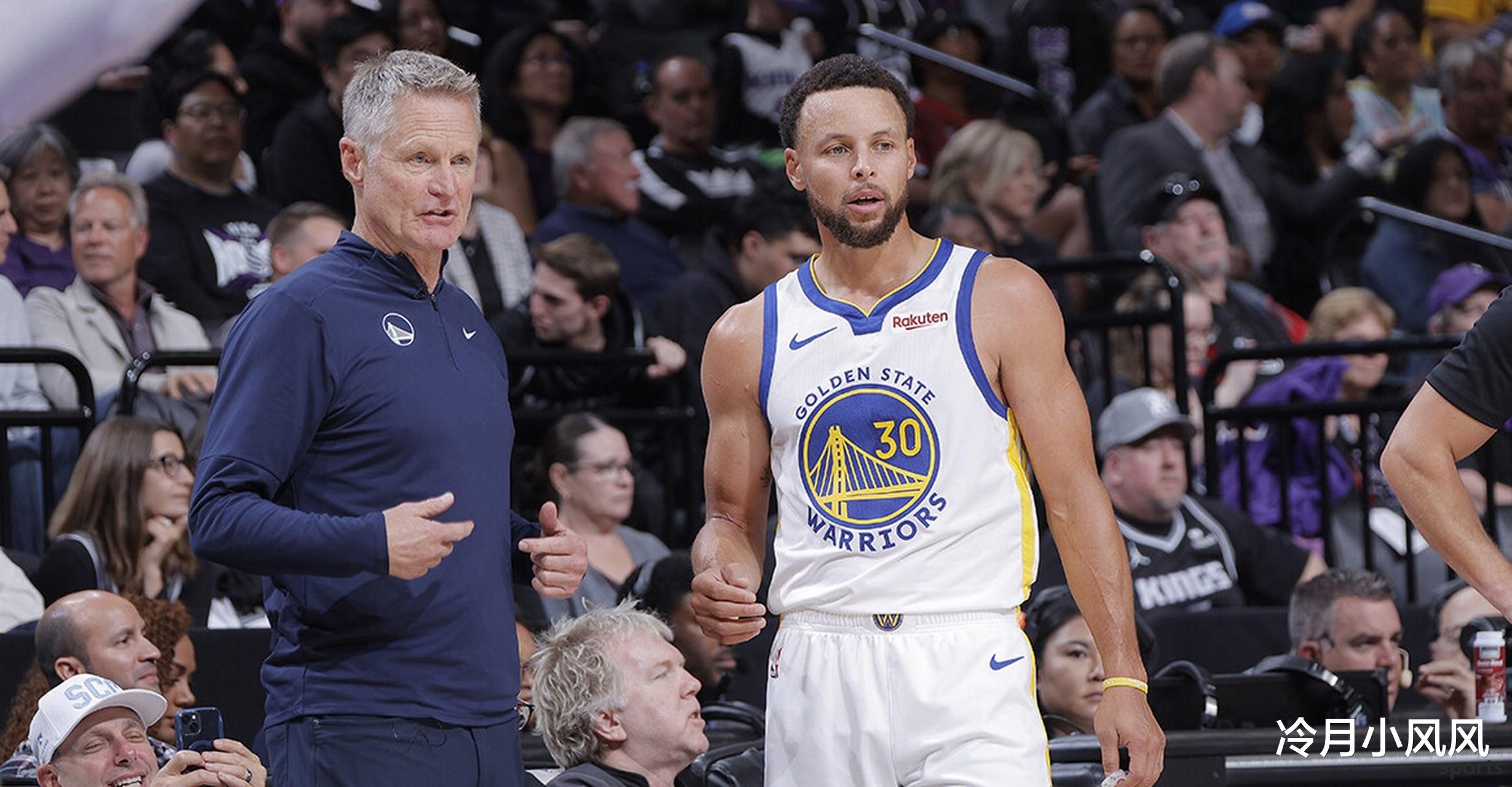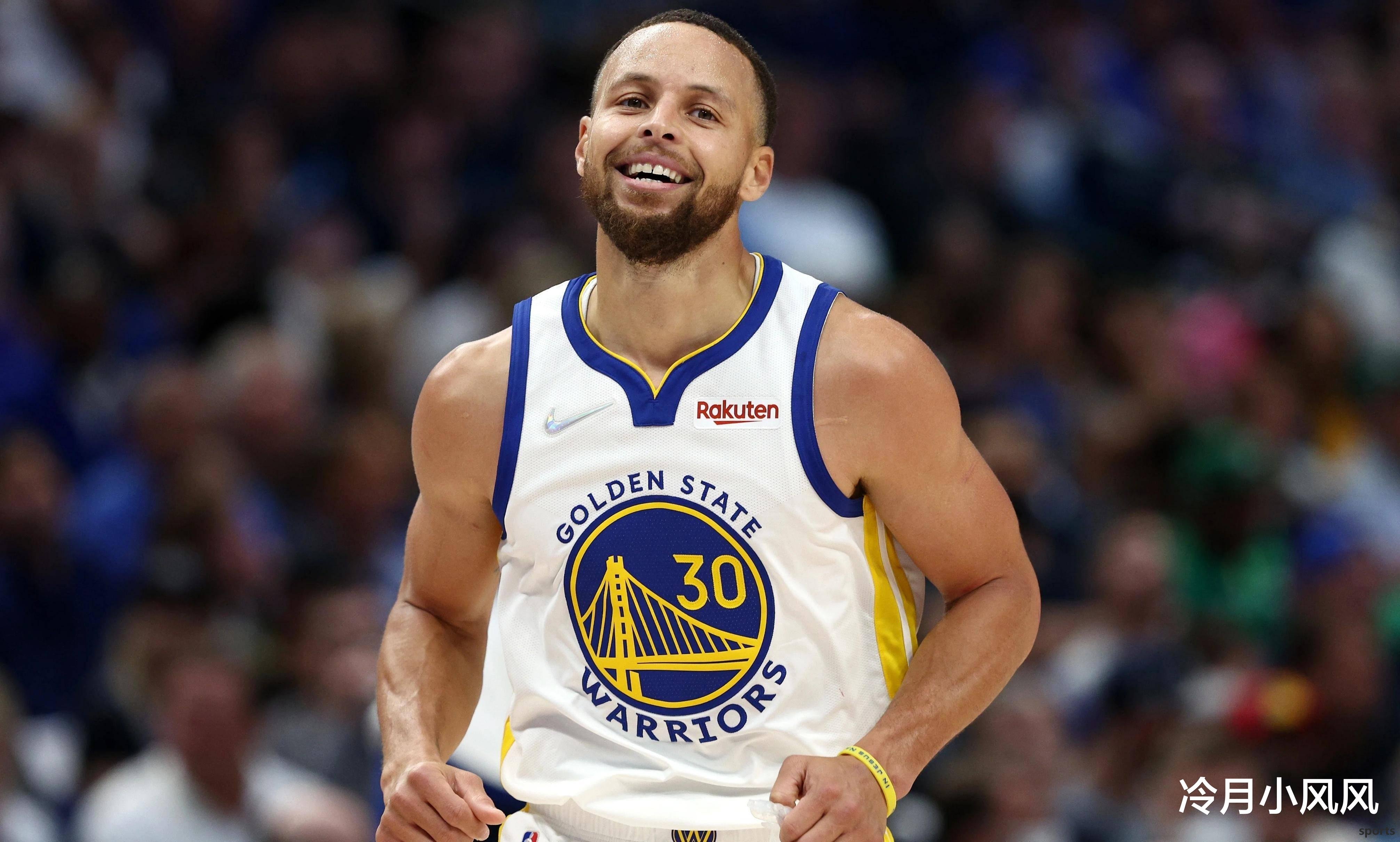The same hamstring strain, why can Gordon fight, but Curry chooses to quit?
Today, the Thunder returned to home court and ushered in a tiebreak battle with the Nuggets. In this game, Nuggets player Aaron Gordon forced his game with a second-degree strain on the hamstring (normal conditions require at least one month of rest) and handed in a good data of 8 points and 11 rebounds (highest in the game). Helplessly, the Nuggets' overall performance and lineup depth were not as good as the Thunder, and they were defeated 93:125 and stopped in the district semi-finals. After the game, many people expressed respect and admiration for Gordon, but many people pointed their finger at Warriors star Curry. Their view is that Gordon, who has a second-degree hamstring strain, can play with injuries. Why does Curry, who has a first-degree hamstring strain, keep watching the Warriors out? He really doesn't have the responsibility and responsibility of the leader. In the G1 of the Warriors and the Timberwolves, Curry accidentally suffered a first-degree strain on his left hamstring, and then missed four consecutive games, and the Warriors were swept by the Timberwolves Gentleman. The author believes that there are three reasons why Gordon chose to be hard and Curry chose to quit: 1. Curry is 37 years old, and the muscle recovery speed of elderly players slows down, and the risk of repeated injuries is higher. The medical team usually recommends more conservative treatment; Gordon is at the peak of his physical function, recovers faster, has stronger tolerance, and has a higher feasibility for short-term injury-related combat. 2. The Warriors have always had a tradition of "injury load management". After all, there are painful precedents of Durant's ruptured Achilles tendon and Thompson's two career injuries. In addition, Curry is the soul of the Warriors, and the team will not allow him to be strong with injuries. The Nuggets advocate "resilience culture" and tough play style. Jokic, Murray, and Porter Jr. also often fight with injuries, which will undoubtedly increase Gordon's determination to play with injuries. 3. The Warriors system is highly dependent on Curry's ability to hold the ball, three-point shooting and double-teaming. A hamstring injury directly affects Curry's explosive power. Forced comeback may be inefficient and unable to help the team. It may even aggravate the injury; Gordon plays more of an empty cut end point and an outside space point in the Nuggets. Even if a hamstring injury affects his athletic ability, he can still contribute value through fixed-point shooting, screening and defense. To sum up, Gordon chose to give him enough recognition and respect when he was frustrated. He is indeed a heroic and willing to give without reservations for the interests of the team. In fact, Gordon's doing this is very risky, after all, it is likely to cause major injuries that affect his career. He is commendable but not worthy of imitation. At the same time, we should not blame veteran Curry too much. After all, the two are of different ages and different styles of playing, and the height they stand and the depth of their considerations are also different. Ultimately, no one doesn’t want to contribute to the team. People really can’t stand at the highest point of morality and blame athletes who suffer injuries without brainstorms. 



- Recent Posts
-
- AI predicts Yang Hansen s NBA
- Another top performance! The T
- The market is bad after leavin
- When the East-West Finals are
- 2024-25 season players review
- Light of Thunder! Alexander wo
- Rivers talks about Antetokounm
- The forward turns into a point
- The all-round enhanced version
- This timberwolve deserves more
- Hot Posts
-
- How strong is the strongest hi
- Yang Hansen tried out the Warr
- NBA rumor: Kevin Durant believ
- Looking forward! 2025-2026 NBA
- Anthony is rated as the strong
- Replica Legend, Thunder Alexan
- Data analysis: Pacers 2-1 Thun
- NBA Summer United: Yang Hansen
- Yang Hansen s rookie contract
- Magic vs. Free throws: Hallibu
- Durant is destined to join the
- There are good and bad! Team m
- Which NBA team is more suitabl
- NBA character Alexander: The T
- Behind SGA’s Give Up 100 milli
- Hit 10+4+5+3! Yang Hansen made
- After Westbrook jumped out of
- The NBA playoff division final
- After Bill reached a buyout, t
- 2025 Rookie Observation (20):
- search
-
- Links
-
